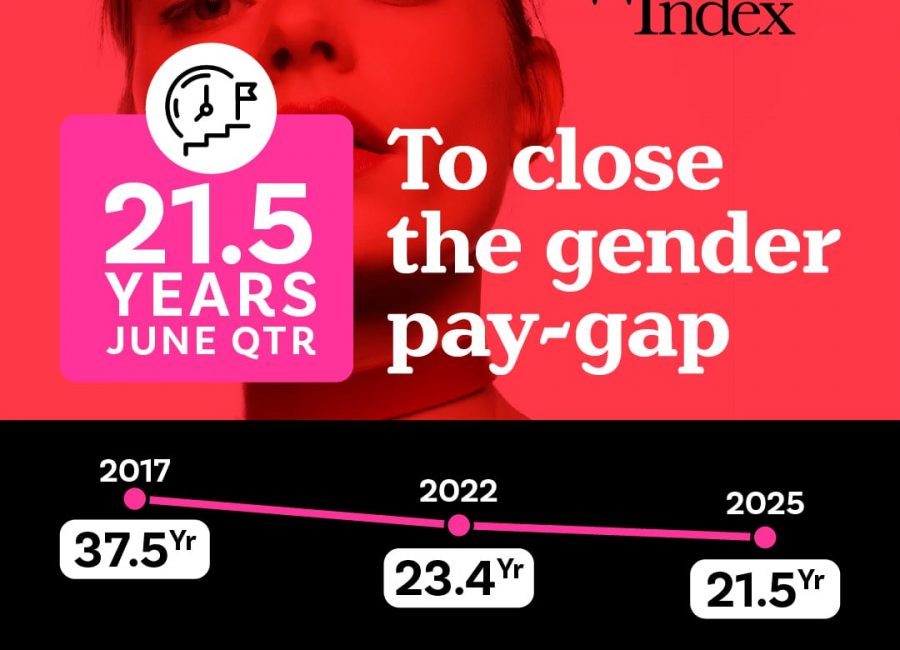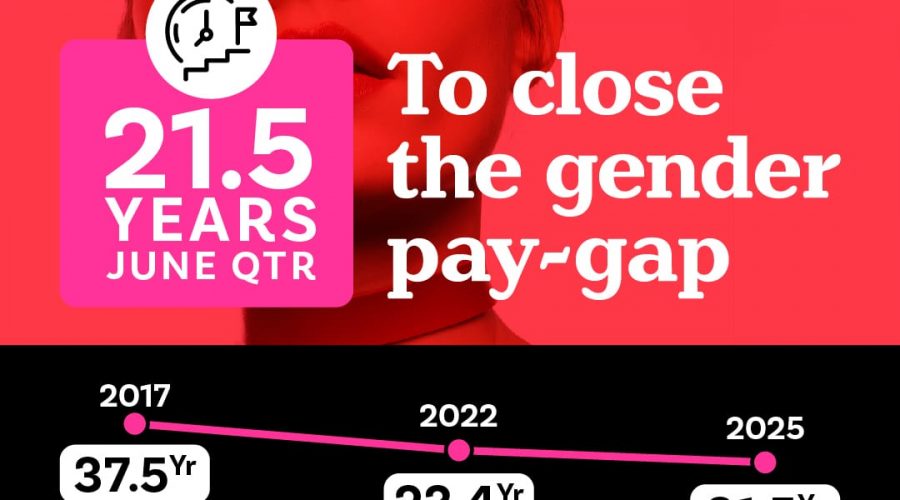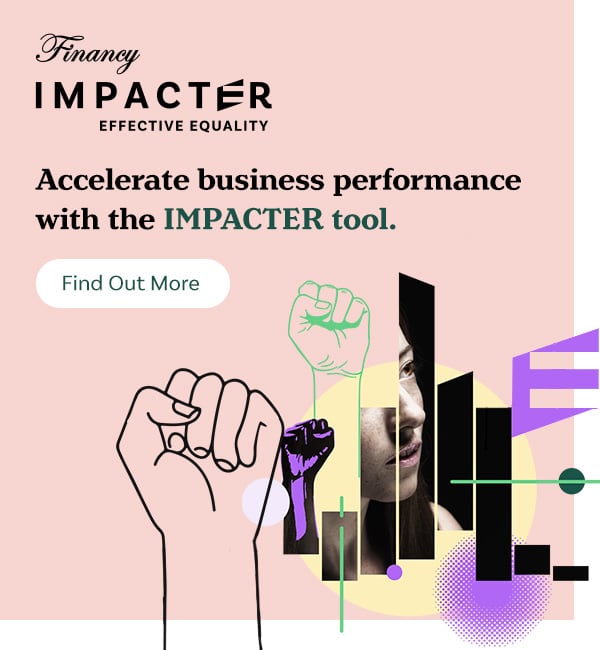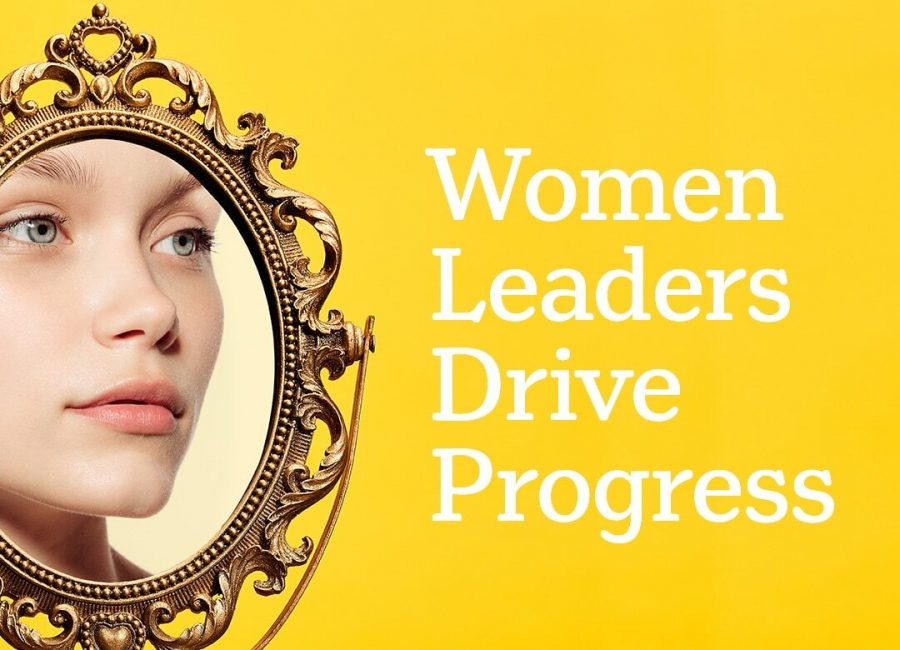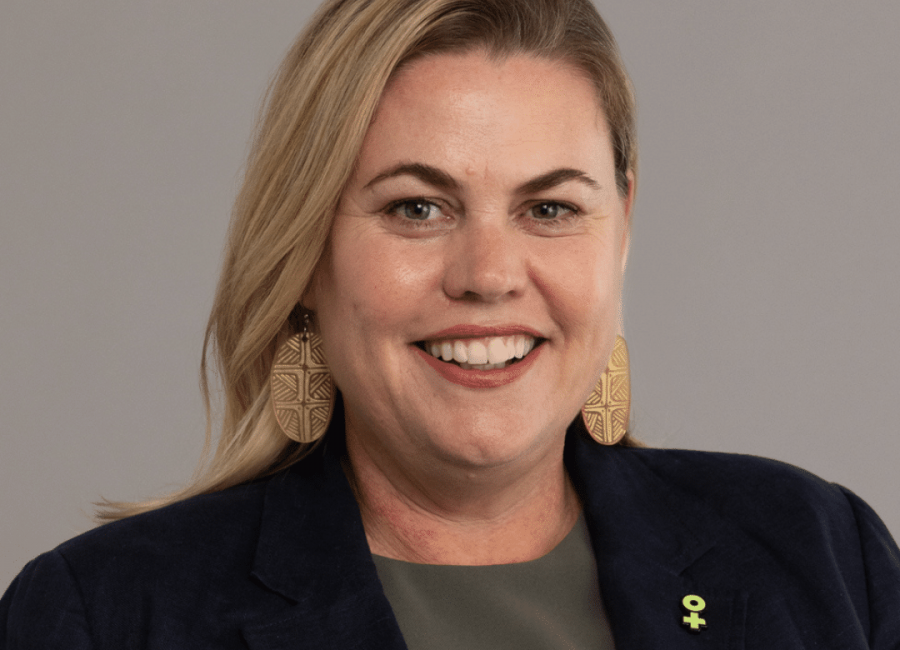As we mark Equal Pay Day and the extra 50 days women must work to earn the same as men, the Financy Women’s Index reveals Australia is on course to take 21.5-years to close the gender pay gap for good.
Data released ahead of the full Financy Women’s Index (FWX) report, shows the timeline to pay equity has improved slightly from 21.7 years in the previous quarter, as the national gender pay gap, based on ABS average weekly full-time earnings, fell to 11.5% from11.9%.
However, the full Financy Women’s Index report, set for release in the first week of September, will reveal that this 21.5-year figure is only the median timeframe for achieving overall gender financial equality across seven critical areas.
“We have made great progress towards equal pay for women, but we still have a long way to go and Equal Pay Day serves as a reminder of this,” said Dr Shane Oliver, chief economist AMP. “This means continuing to work hard on everything from unconscious bias to helping young women choose career choices that will optimise their earnings.”
Since the Women’s Index started measuring timeframes to gender financial equality in 2017, the number of years to equality in the Gender Pay Gap has dropped by 43% from 37.5 years.
“Equal Pay Day is a stark reminder of the economic reality for women, and our 21.5-year timeframe quantifies the long road ahead,” said Bianca Hartge-Hazelman, author and founder of the Financy Women’s Index.
“While it’s positive to see that number come down over the long term, it represents the median point in a much more complex journey. The fact that women have to work an extra 50 days into the new financial year just to catch up to men’s earnings is unacceptable, and our full report in September will explore the structural barriers holding us back despite record female workforce participation.”
The preview data highlights a “two-speed economy” for pay equity. Industries showing the most significant improvement include Retail Trade (5.7% gap), Transport, Postal and Warehousing (7.0% gap), and Manufacturing (9.2% gap).
This progress is being undermined by an alarming backslide in other key sectors. The Financial and Insurance Services sector saw its gap widen by 2.6 percentage points to 21.0%, while the Health Care and Social Assistance sector still has the largest gap at 23.0%.
“The shocking deterioration in Financial and Insurance Services is a major handbrake on our national progress,” said Hartge-Hazelman. “It’s this poor performance in key sectors that ensures Equal Pay Day remains a frustrating fixture on our calendar. The full Financy Women’s Index will connect these dots, showing how these laggard industries impact the broader journey to financial equality for Australian women.”
The complete Financy Women’s Index report will provide analysis of all seven indicators of economic equality, including employment, leadership, superannuation, and unpaid work, offering the most holistic view of women’s financial progress in Australia.
To advance gender equality, Financy provides the tools for action. We are home to the Financy Women’s Index and the insights it generates, supporting women and workplaces on their journey to a more equitable future.
